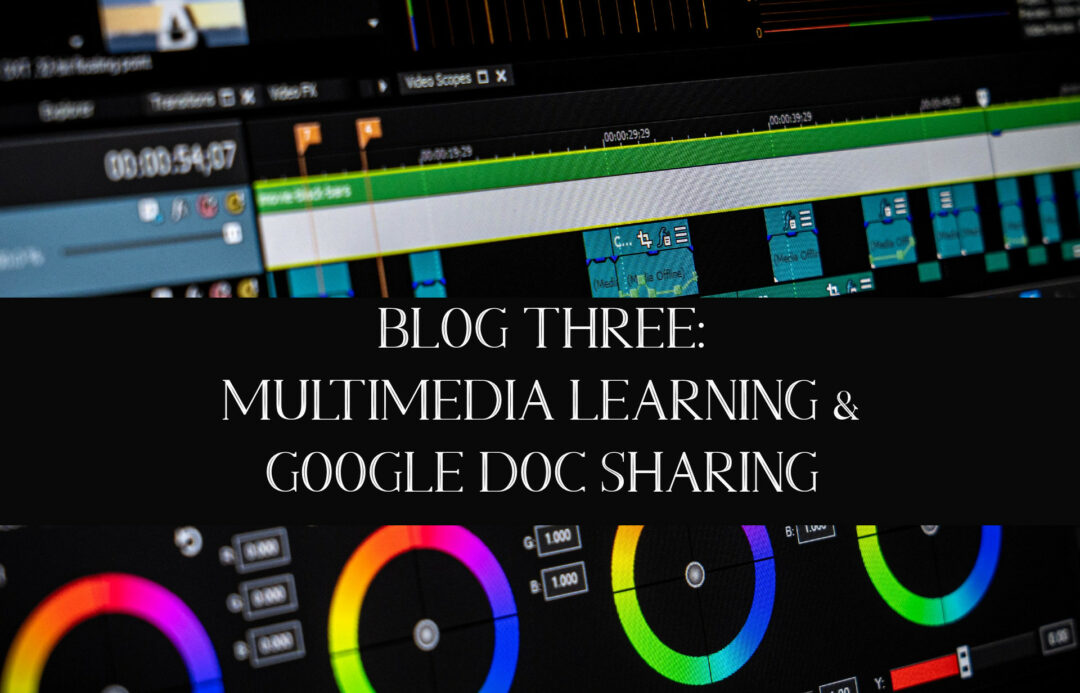Story telling is such a powerful way to express ideas and teach powerful messages that last longer than bullet point facts. When growing up, many children are taught larger life lessons through metaphors and the make-believe. While this is quite effective, overtime memorization become the mainstream way to learn concepts and ideas in academia. Adding more connections to previous learning and through brain activity to enhance the impact of what we learn. Through media and digital technologies, there are more ways this can be done with audio and visual effects to fully immerse the learner.
In my opinion more students can depict all of the character from Spongebob Squarepants more so than the past 5 Prime Ministers. Many people find it easier to remember and understand things that connect with them on a personal level, and stories make this much easier to do.  Providing a “richer” learning experience, as said by AJ Julliani in his article about the importance of story telling, stories can reach students on an emotional and biochemical level. Many students may not want to be taught about historical events in a date-action way, instead being more engaged with an in-depth story on the events that occurred.
Providing a “richer” learning experience, as said by AJ Julliani in his article about the importance of story telling, stories can reach students on an emotional and biochemical level. Many students may not want to be taught about historical events in a date-action way, instead being more engaged with an in-depth story on the events that occurred.
Works Cited
Julliani, A. (2016, March 21). The Hidden Importance of Teaching With Stories. Retrieved January 16, 2021, from http://ajjuliani.com/hidden-importance-teaching-stories/


